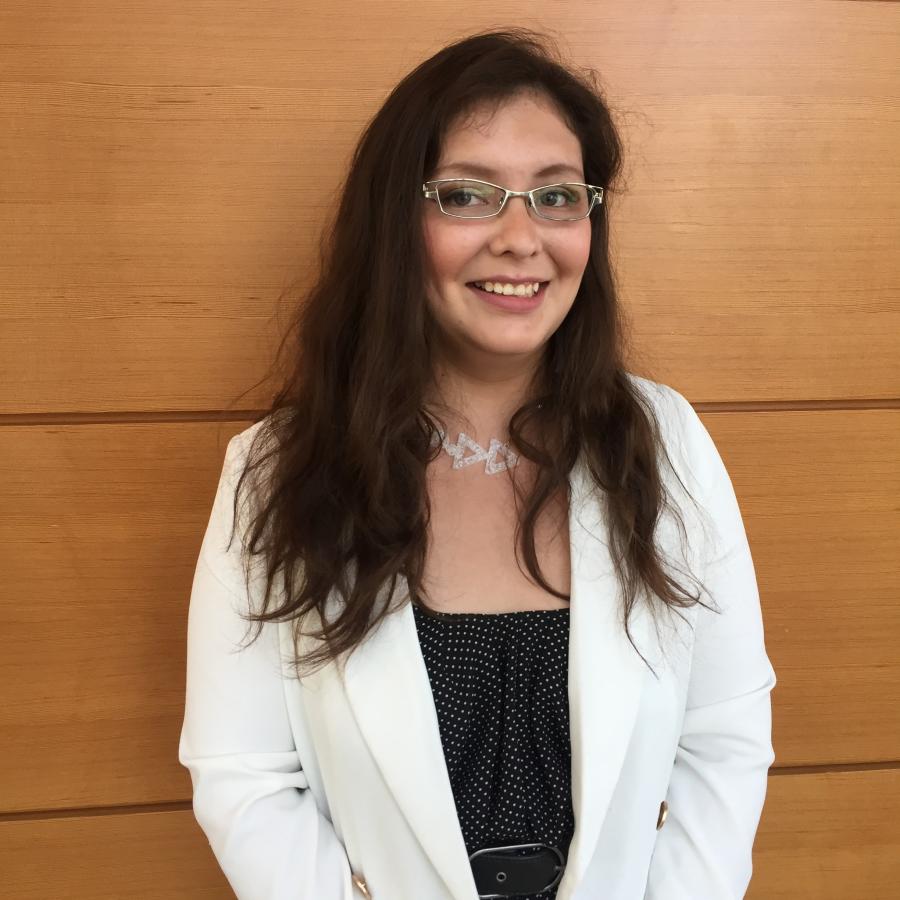By Franchesca Hebert-Spence

My name is Franchesca Hebert-Spence. I am Anishinaabe from Winnipeg and my grandmother Marion Ida Spence was from Sagkeeng, Manitoba. I am a cultural producer with a background in making, curating, research and administration. I had the fortune of beginning academia with professors such as Dr. Cathy Mattes, Colleen Cutschall, and Peter Morin. My undergrad was a formative time that built foundations as I navigated institutions as a culturally displaced Indigenous person. My BFA at IshKaabatens Waasa Gaa Inaabateg Department of Visual Art (previously Department of Visual and Aboriginal Art) played a pivotal role in my work around critiquing institutional spaces and histories. It provided a framework of what an Indigenous space, and potential dissidences within a larger institution, can be.
My curatorial praxis has been largely informed by my background as a maker, and this was encouraged during my time in the Manitoba Scholars group with Dr. Maureen Mathews. Coming from a craft background, it was a joy to meet weekly with other Indigenous students from various departments and institutions to visit, drink tea, and learn from the collection as well as one another. My academic journey has been populated with these similar spaces: the Beading Babes, Walking with Our Sisters, Indigenous-led conferences, karaoke nights, and so on. Similarly, my renewed arts practice is in turn enriched by the discussions happening curatorially and academically. My most recent work Speaking with the (al)Bees, an artwork made in conversation with a close friend and colleague Albyn Carias, aimed to articulate what intimate spaces beading tables can be, as well as sites of comfort, safety and insurgence. It’s my hope that engaging with the GRASAC database will open more opportunities for visiting; visiting beadwork that comes from my community, visiting elder works, and visiting folks who are also passionate about beadwork and community.
